In areas with volcanoes, engineers have designed homes with steep roofs so volcanic ash can slide off more easily. The roofs are also strong enough to withstand the added weight from the ash.
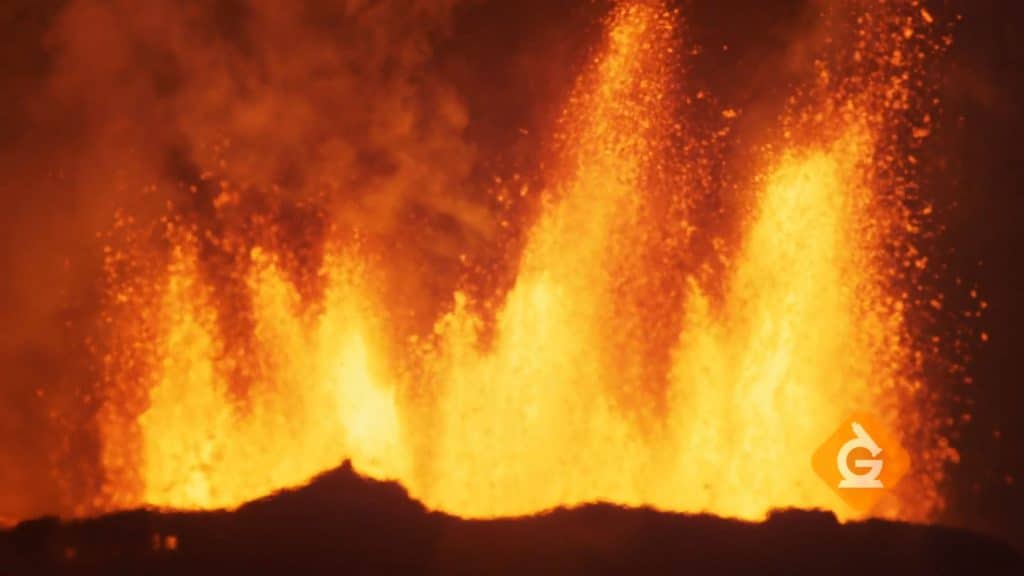
Earthquakes, volcanoes, tsunamis, hurricanes, and tornadoes are all examples of natural disasters. Natural disasters are natural events that can cause great damage. We can’t stop natural disasters from happening, but engineers and scientists try to minimize their impact.
To better understand the natural disasters definition….
LET’S BREAK IT DOWN!
A volcano is an opening in Earth’s crust.
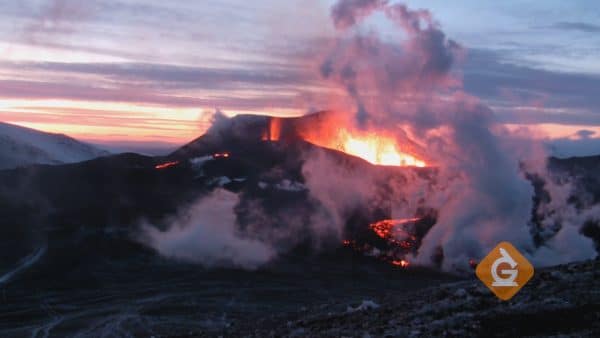
A volcano is an opening in the Earth that allows molten rock, called magma, from inside the earth to escape. When the magma escapes, it is called an eruption. Volcanoes are formed when molten rock from inside the earth works its way to the surface. Volcanic eruptions may be very destructive.
The Earth’s crust is made up of huge plates that move very slowly. Volcanoes are commonly found along the boundaries between these plates.
Earthquakes cause the Earth to shake.
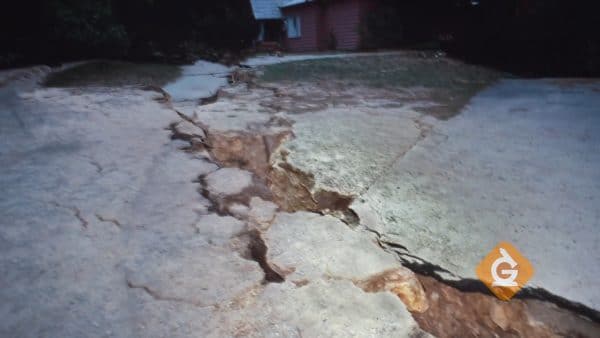
Just like volcanoes, earthquakes happen in certain regions around the world. An earthquake is a sudden, violent shaking of the ground that sometimes causes great destruction.
A seismograph measures the size of an earthquake. Earthquakes tend to form along plate boundaries, just like volcanoes, but they can also occur in other locations.
When the Earth’s surface along a plate boundary moves suddenly, it causes the ground to shake. Earthquakes can destroy buildings!
Many buildings in California are made to withstand small earthquakes. Engineers are always looking for ways to build stronger and safer structures in areas that have frequent earthquakes.
Earthquakes can cause tsunamis.
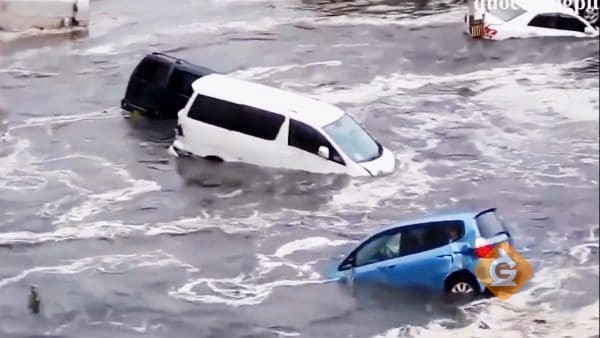
Tsunamis are huge waves caused by an abrupt movement in the ocean floor, often caused by an underwater earthquake.
These waves can travel thousands of miles and reach enormous heights. Since they can travel great distances, people far away can be affected by tsunamis.
For example, an earthquake in Japan can cause a tsunami that affects the coastline of California. Since tsunamis are caused by earthquakes, they usually originate along plate boundaries.
Tsunamis can cause a great deal of flooding, which causes a lot of damage as well as loss of life. Scientists are working on better ways of predicting when and where tsunamis may occur and installing warning systems to protect us.
Humans cannot eliminate these hazards, but we can take steps to reduce their impact.
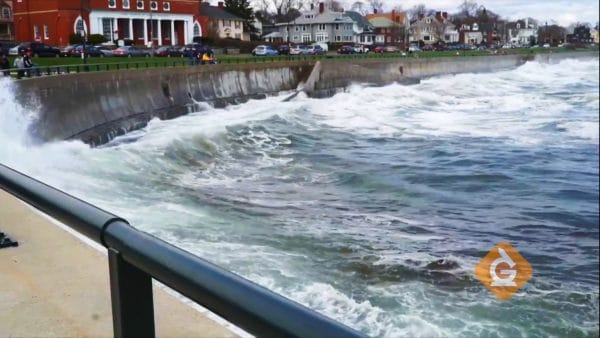
Natural disasters can’t always be accurately predicted, but we can reduce their impact with the help of science and engineering.
Houses near volcanoes typically use different building materials. Some homes are made with stone, since stone has a very high melting temperature and can withstand a lot of heat.
In earthquake zones, buildings that are closer to the ground experience less destruction than tall, thin buildings. Engineers take this into account when designing buildings.
For example, in California, most schools are built with only one level, so they can withstand damage during earthquakes. In areas of the country that are not in earthquake zones, schools can be built with multiple floors.
EXAMPLES OF THE DIFFERENT TYPES OF NATURAL DISASTERS
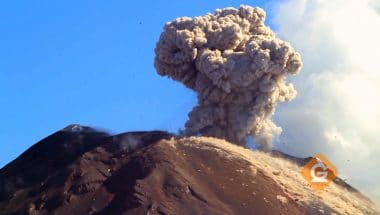
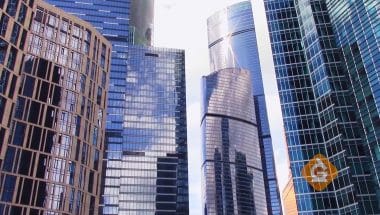
In areas with earthquakes, engineers have designed skyscrapers that sway on purpose when the Earth moves. This adds stability and prevents damage when the Earth shakes.
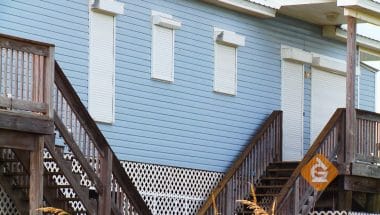
Storm shutters are used to prevent windows from breaking during disasters like a hurricane. It’s a simple solution to prevent a lot of damage. Flying debris can break windows or even hurt people inside.
NATURAL DISASTERS VOCABULARY
NATURAL DISASTER DISCUSSION QUESTIONS
How are the formation of earthquakes and volcanoes similar?
What are humans doing to help reduce the impact of natural disasters?
Can you think of one constraint or factor that engineers must take into account when designing buildings in areas with a lot of earthquakes?
Why are tsunamis called underwater earthquakes?
Why would an engineer not choose material such as concrete when designing an earthquake proof building?
Skip, I will use a 3 day free trial
Enjoy your free 30 days trial






